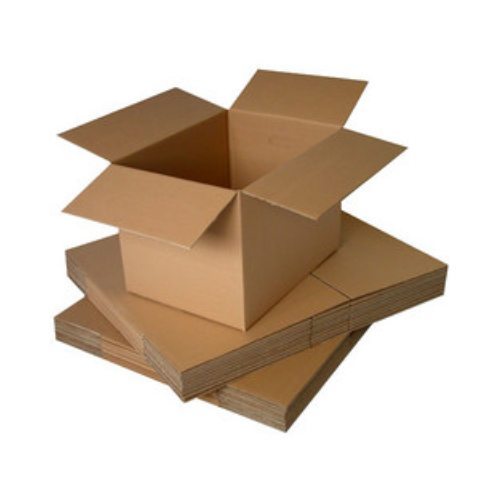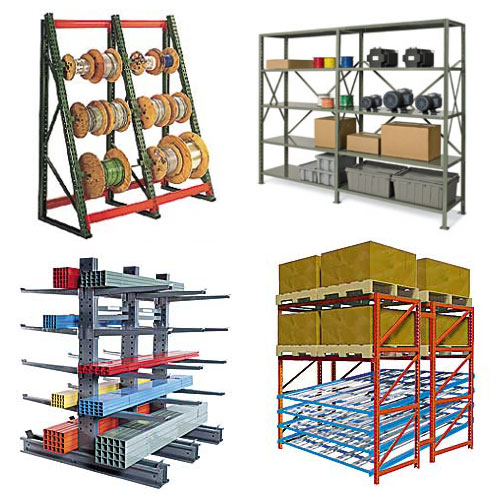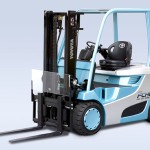 Corrugated boxes represent the vast majority of the packaging industry in the United States, carrying between 90 and 95% of the nation’s manufactured goods to consumers. Approximately 25 billion corrugated boxes are produced annually, an average of 500 boxes for every family in the US.
Corrugated boxes represent the vast majority of the packaging industry in the United States, carrying between 90 and 95% of the nation’s manufactured goods to consumers. Approximately 25 billion corrugated boxes are produced annually, an average of 500 boxes for every family in the US.
Part of their popularity resides in their durability. Corrugated boxes are made from two or more sheets of liner board and one or more fluted sheets of corrugating medium. Nearly all the liner boards are made from kraft, which is a type of paperboard created from virgin softwood lumber. About two-thirds of the corrugating medium is made by through a semi-chemical pulping process of virgin hardwood fibers, with the remaining third made from plant waste and recycled medium, which is used corrugated boxes collected from supermarkets and shopping centers.

 The US equipment rental market is expected to grow 9.8% in 2014, according to a report released this week by the American Rental Association. And it is expected to increase even further, to 11.8%, in 2015.
The US equipment rental market is expected to grow 9.8% in 2014, according to a report released this week by the American Rental Association. And it is expected to increase even further, to 11.8%, in 2015.

